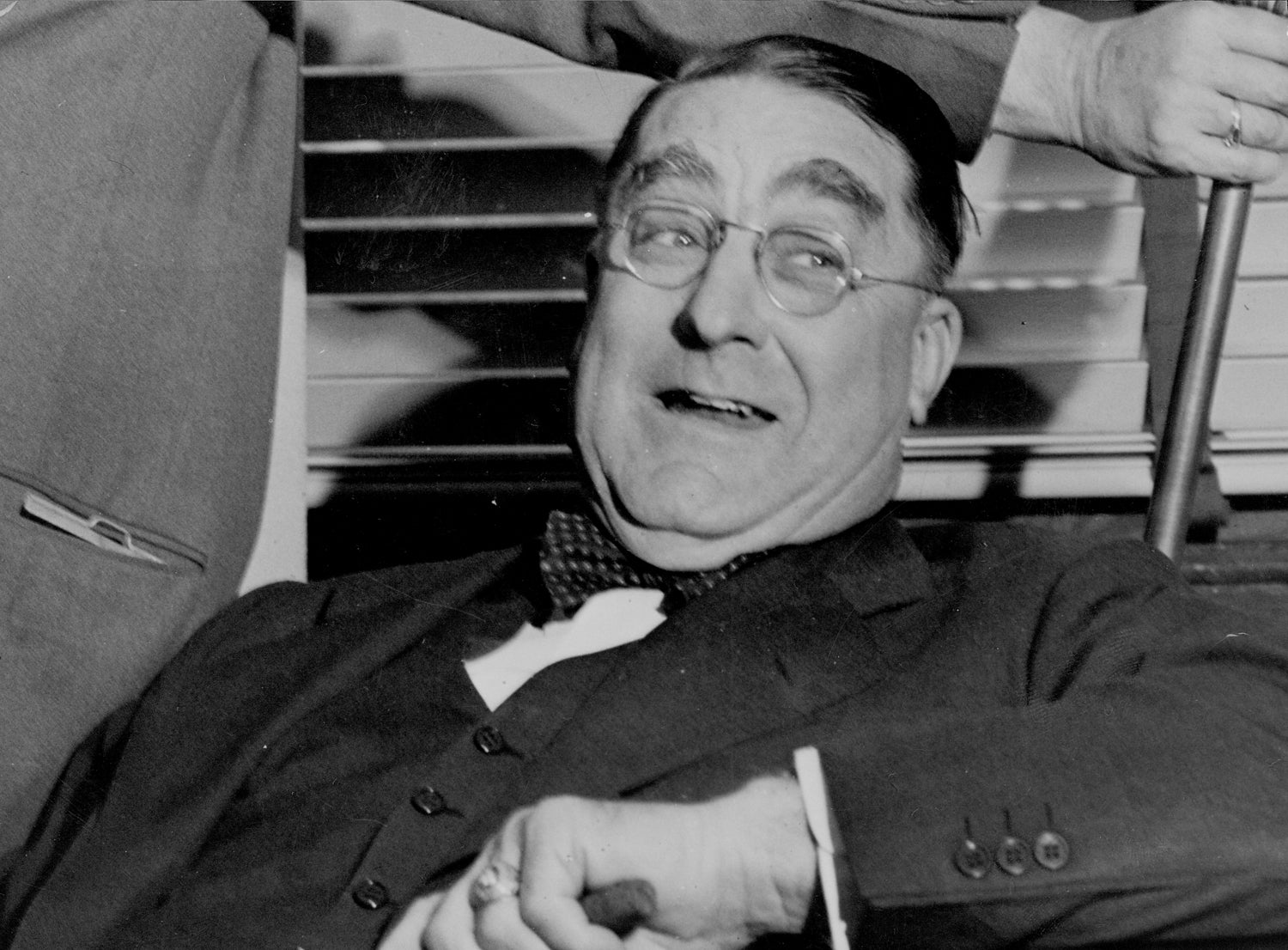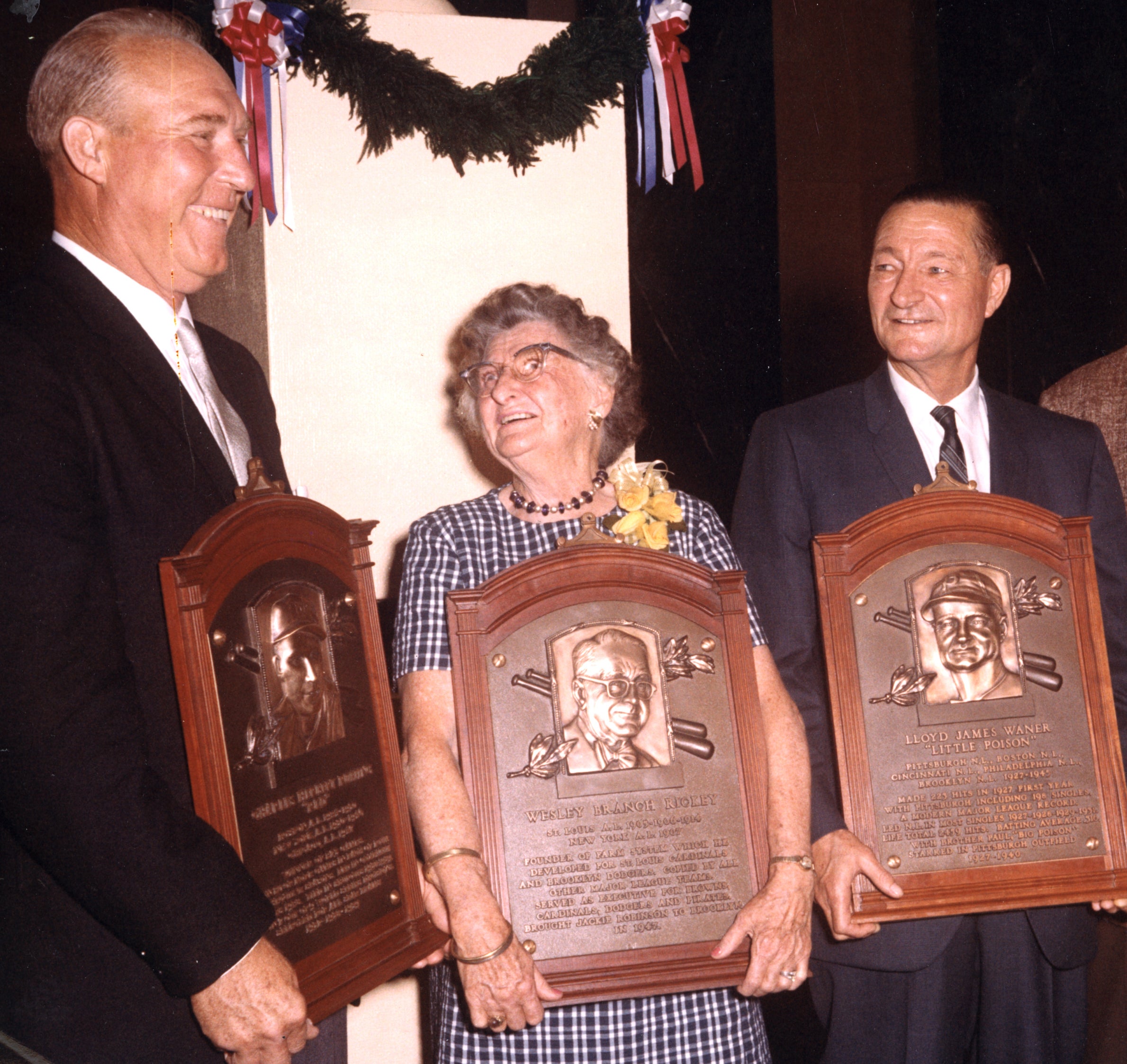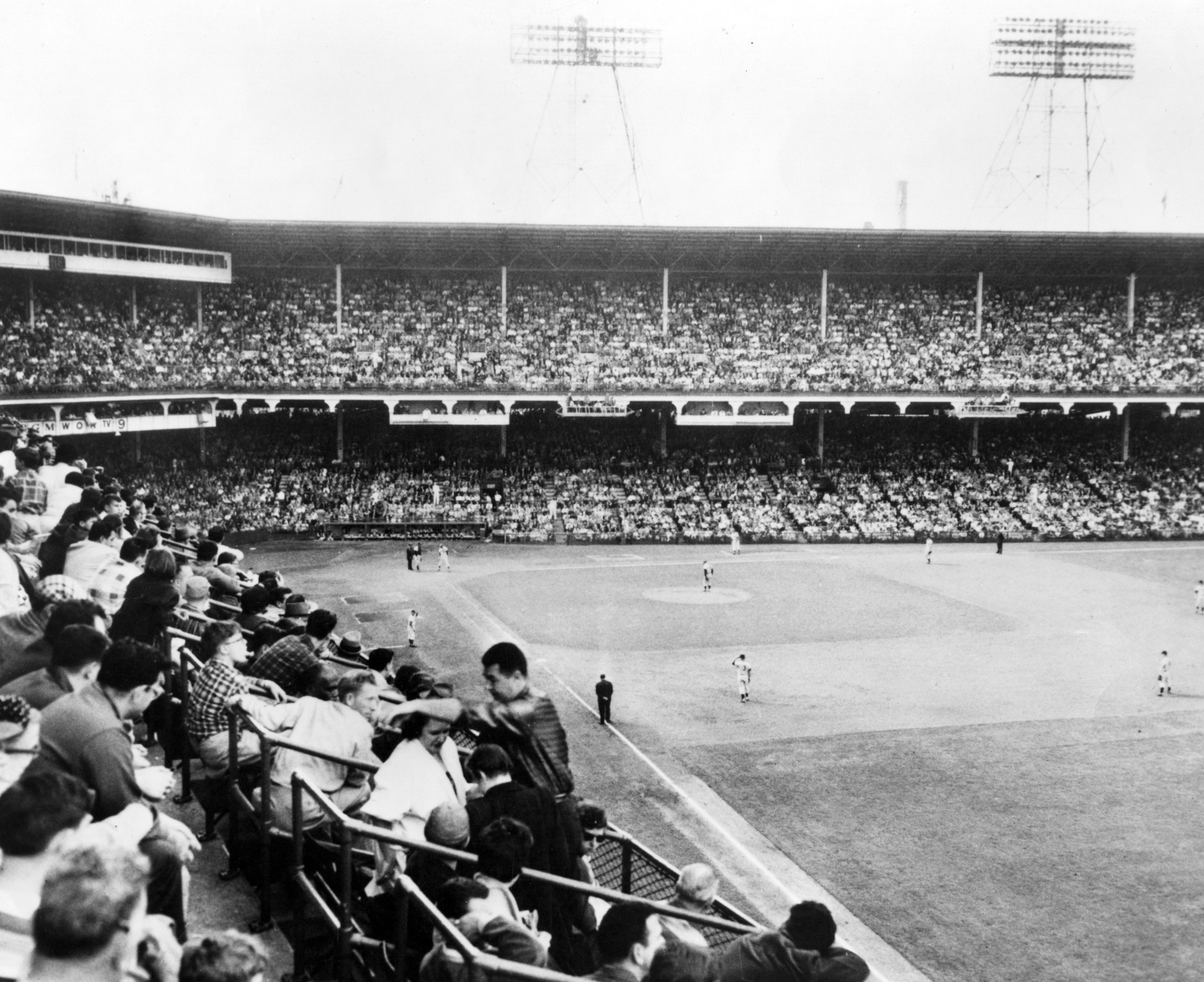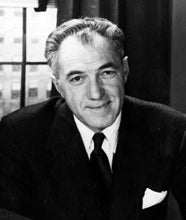- Home
- Our Stories
- Rickey shaped baseball’s future via Continental League
Rickey shaped baseball’s future via Continental League
When New York lawyer William Shea announced his vision for a third major league for professional baseball in July 1959, it took less than a month for the identity of the league president and mastermind to emerge.
On Aug. 18, 1959, the Continental League introduced longtime major league executive Branch Rickey as league president.
Rickey had previously worked for the Pittsburgh Pirates, who fired him in 1955 after the team lost 100 games in three of his five seasons as general manager.
Shea’s motivation for the league was to return National League baseball to New York City after the Giants and Dodgers left for San Francisco and Los Angeles in 1957. American and National League owners publicly denied any plans of trying to stop the Continental League, but privately Rickey faced opposition from both leagues.
Rickey said that one NL owner told him that the senior circuit would “expand only over (his) dead body.” And AL President Joe Cronin said the league had no plans for expansion within the next five years.
With those sentiments in mind, Shea signed up seven cities to receive teams and join his New York franchise: Atlanta, Buffalo, Dallas-Fort Worth, Denver, Houston, Minneapolis-St. Paul and Toronto.
Despite the friendly front, established owners had reason to try to stop the new league from forming. They made it clear that they would not be giving up any of their own players to help the league fill its rosters.
“Just branding a league ‘major’ doesn’t make it one,” Cronin told United Press International. “They have to come up with major league talent.”
Threatened by their potential new competitor, the major league owners offered an expansion plan to the Continental League.
If the league agreed to disband immediately, the owners would take in four of its teams right away, with plans to eventually add the others.
The American League added its two teams in 1961.
The original Washington Senators moved to Minnesota, a new Senators franchise was expanded in Washington and the Los Angeles Angels were added to give the AL a west coast presence.
The next season the National League added the Houston Colt .45s and the New York Mets, fulfilling Shea’s quest for a second team in the Big Apple. The Mets went on to play at Shea Stadium, the park named for him, for 45 years.
Branch Rickey, left, watches the action with National League president Ford Frick in this 1946 photo. After stints with the Cardinals, Dodgers and Pirates, Rickey helped indirectly bring expansion to the National League in the 1960s as the president of the Continental League. (Look Magazine/National Baseball Hall of Fame and Museum)
Though the Continental League disbanded and never reached its April 1961 start date, Rickey and Shea succeeded in influencing Major League Baseball to expand to more cities across the country. Of the eight Continental League locations, only Buffalo has not received an expansion team.
Ironically, two years before the idea of the Continental League was conceived, Rickey told the Pittsburgh Post-Gazette he thought the simple solution was to add another NL team to New York City.
“I am not interested in a third major league,” said the CL’s future president. “Put me down as a deplorer of a situation where there is only one club available in an area of 14 million people (New York City).”
The Veterans Committee voted Branch Rickey into the National Baseball Hall of Fame in 1967 after he served 51 years as a player, manager and executive. He spent only four years out of baseball between 1905 and 1955 – while serving in World War I.
Rickey is credited with developing the modern farm system during his time as general manager of the St. Louis Cardinals. With the Brooklyn Dodgers, he pioneered the use of baseball statistics and became one of the first proponents of batting helmets.
He is most famous for being the first executive to break baseball’s color barrier, signing Jackie Robinson to a contract in 1945.
Rickey died on Dec. 9, 1965.
Chris Blake was a publications intern in the Frank and Peggy Steele Internship Program at the National Baseball Hall of Fame and Museum











